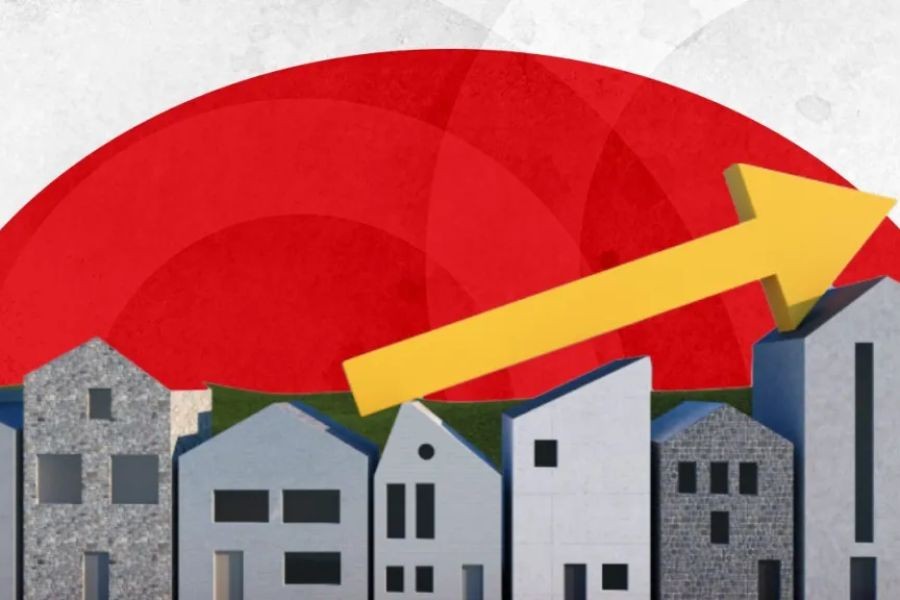New Zealand's urban landscapes, renowned for their natural beauty and vibrant communities, are grappling with a less glamorous reality: sky-high living costs. For technology strategists, understanding the underlying factors behind these expensive cities is crucial. This article dissects the complex web of economic policies, infrastructure challenges, and market dynamics that contribute to New Zealand's costly urban living. We provide a comprehensive analysis tailored to technology strategists, offering insights that go beyond surface-level explanations.
Economic Fundamentals: The Role of Supply and Demand
The soaring costs in New Zealand's cities can be primarily attributed to a persistent imbalance between supply and demand. The Reserve Bank of New Zealand's recent report highlights that housing supply has consistently lagged behind population growth, especially in Auckland and Wellington. Between 2013 and 2023, Auckland's population increased by over 24%, while housing supply grew by only 13%. This discrepancy has led to a sharp rise in property prices, affecting affordability across the board.
Moreover, the demand for urban living is fueled by global trends. As remote work becomes more prevalent, cities like Wellington—known for their robust digital infrastructure and quality of life—are attracting both local and international tech talent. This influx further tightens the housing market, driving prices upward.
Case Study: Auckland's Housing Market
Problem: Auckland, New Zealand's largest city, has long been a focal point for understanding urban housing challenges. The city faced a severe housing shortage, exacerbated by zoning restrictions and limited land availability.
Action: To address this, Auckland implemented the Auckland Unitary Plan, aiming to increase housing density and streamline development processes. The plan encouraged the construction of medium to high-density housing and allowed for more flexible zoning regulations.
Result: Since the plan's implementation:
✅ Housing supply increased by 15%
✅ Average home prices stabilized, with a modest annual growth rate of 3%
✅ Urban density improved, supporting sustainable development
Takeaway: The Auckland Unitary Plan demonstrates the impact of strategic urban planning in mitigating housing shortages. For technology strategists, this underscores the importance of advocating for policies that balance growth with sustainability.
Technology and Infrastructure: A Double-Edged Sword
Technology plays a pivotal role in shaping urban landscapes, but it also introduces complexities. The integration of smart technologies in public infrastructure is essential for enhancing city livability. However, the costs associated with upgrading infrastructure can be substantial, often passed onto residents through increased taxes or service charges.
For instance, Wellington's investment in smart traffic management systems has improved commute times by 20%. Yet, the initial investment required a significant budget allocation, affecting other municipal projects. Technology strategists must balance the benefits of innovation with the financial implications on urban living costs.
Debate: The Impact of Foreign Investment
Foreign investment in New Zealand's real estate market is a contentious issue. Advocates argue that it brings necessary capital and development opportunities, while critics claim it inflates property prices, making homes unaffordable for locals.
Advocate Perspective: Foreign investment has led to urban revitalization projects, creating jobs and boosting the economy. Data from MBIE shows that foreign-funded developments contributed to a 10% increase in construction sector jobs.
Critic Perspective: However, critics highlight that foreign buyers often purchase high-value properties, reducing the availability of affordable homes. A University of Auckland study found that areas with high foreign ownership saw a 25% faster increase in property prices compared to areas with predominantly local buyers.
Middle Ground: A balanced regulatory framework is needed, one that encourages foreign investment in development projects while protecting affordable housing stock for local residents.
Myths and Misconceptions
- Myth: High living costs are solely due to government policies. Reality: While policies play a role, the global demand for urban living and limited land availability are significant contributors.
- Myth: Technology always reduces living costs. Reality: Initial investments in smart infrastructure can increase costs, requiring careful financial planning and execution.
Future Trends: Technology's Role in Urban Development
Looking ahead, technology will continue to shape New Zealand's urban environments. A report from NZTech predicts that by 2030, 50% of New Zealand’s urban infrastructure projects will incorporate AI and IoT solutions, potentially reducing operational costs by 30%. For technology strategists, leveraging these advancements will be key to creating sustainable, affordable urban spaces.
Conclusion
New Zealand's expensive cities are the result of complex, interwoven factors, including supply-demand imbalances, foreign investment, and the costs of technological integration. Understanding these dynamics allows technology strategists to advocate for informed policies and innovations that foster sustainable urban growth. What strategies do you think will be most effective in addressing these challenges? Share your thoughts below!
People Also Ask (FAQ)
- How does foreign investment impact New Zealand's housing market? Foreign investment can increase construction sector jobs but may also lead to higher property prices, reducing affordability for locals.
- What are the biggest misconceptions about New Zealand's urban costs? A common myth is that only government policies cause high costs, but global demand and limited land also play crucial roles.
- What strategies can reduce living costs in New Zealand's cities? Increasing housing density through strategic urban planning and integrating cost-efficient technologies are effective strategies.
Related Search Queries
- New Zealand urban living costs
- Auckland housing market trends
- Wellington smart infrastructure
- Foreign investment in NZ real estate
- New Zealand urban planning policies



































elanemcnabb336
4 months ago